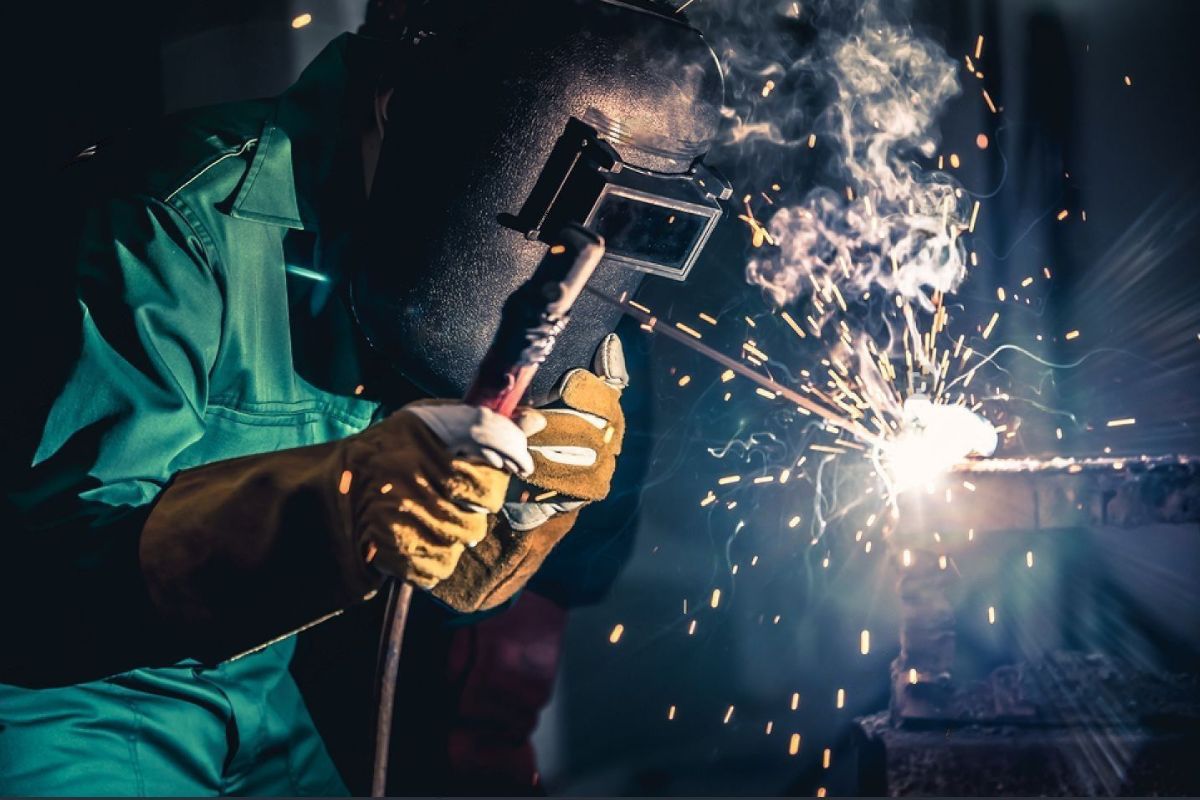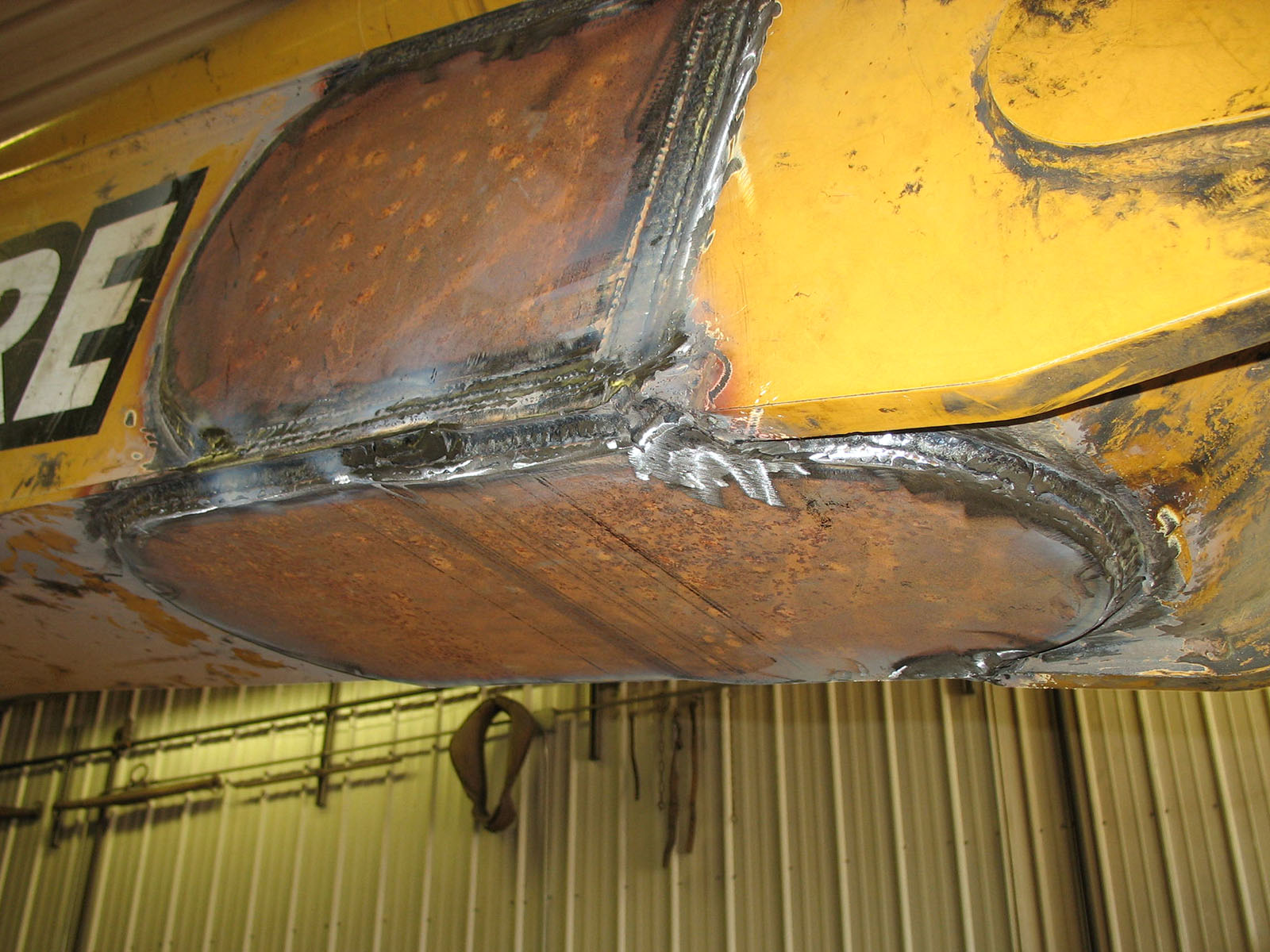All Regarding Welding: Key Insights Into Techniques and Ideal Practices for Success
Welding encompasses a variety of techniques, each fit for details products and applications. Understanding these methods, such as GMAW, SMAW, and TIG, is crucial for attaining optimal results. Moreover, the best devices and safety and security practices can not be ignored. As preparation and repairing play crucial functions in the welding process, grasping these components can considerably boost the high quality of the end product. What are the crucial variables that assure an effective weld?
Understanding Different Welding Strategies
Welding strategies include a variety of approaches, each fit to details applications and materials. Among the most common strategies are Gas Steel Arc Welding (GMAW), Secured Metal Arc Welding (SMAW), and Tungsten Inert Gas Welding (TIG) GMAW, additionally referred to as MIG welding, is prominent for its speed and adaptability, making it ideal for slim materials. SMAW, or stick welding, is preferred for its simplicity and effectiveness in exterior environments, particularly with thicker metals. TIG welding provides precision and control, making it suitable for complex work and non-ferrous steels (Belgrade Welding). Each technique has its special advantages and factors to consider, permitting welders to pick the very best method based on the job's demands, product kind, and preferred outcomes. Comprehending these strategies is crucial for successful welding
Crucial Welding Tools and Devices
While numerous welding techniques call for particular abilities, the ideal tools and tools are just as essential for attaining top quality results. Vital welding equipment includes welding machines, which differ relying on the technique-- such as MIG, TIG, or stick welding. Protective equipment, including gloves, aprons, and helmets, warranties safety and security and convenience during the process. On top of that, components and clamps assist protect materials in position, making certain precision in welds. Consumables like welding rods, cable, and securing gas are additionally vital components that affect the high quality of the weld. Tools such as grinders and cutters assist in surface area preparation and post-weld ending up, adding to a professional outcome. Purchasing high-grade tools inevitably enhances the effectiveness and effectiveness of welding tasks.
Safety Practices in Welding
Correct safety and security methods are important in the welding sector to protect employees from possible dangers. Welders must put on suitable personal safety devices (PPE), consisting of headgears with proper shading, gloves, and flame-resistant clothes. Appropriate ventilation is important to lower exposure to dangerous fumes and gases created throughout the welding process. In addition, employees must be educated in the correct handling of welding equipment to protect against mishaps. Fire safety actions, such as maintaining flammable materials far from the welding area and having fire extinguishers readily available, are needed. Routine examinations of tools and offices can help identify possible threats prior to they cause mishaps. By adhering to these safety techniques, welders can produce a more secure working atmosphere and minimize risks related to their trade.
Preparing Products for Welding
Preparing products for welding is a crucial step that significantly affects the top quality and honesty of the end product (Montana Mobile Welding and Repair Belgrade). Correct preparation entails cleaning up the surfaces to get rid of pollutants such as oil, rust, and dust, which can compromise the weld. Methods such as grinding, sanding, or utilizing solvents are frequently used to accomplish a tidy surface area. Furthermore, guaranteeing that the materials fit together comfortably is crucial; voids can bring about weak welds. It's also vital to think about the placement and positioning of the components, as this will certainly influence the simplicity of welding and the final outcome. Lastly, picking the proper filler material and making sure compatibility with the base metals is vital for accomplishing solid, resilient welds
Tips for Achieving High-Quality Welds
Accomplishing premium welds calls for attention to information and adherence to best practices throughout the welding procedure. Proper joint prep work is vital, ensuring surfaces are clean and totally free from impurities. Choosing the proper filler material and welding technique based upon the base metals is vital for perfect bonding. Keeping regular travel speed and angle while welding can prevent defects and promote uniformity. In addition, managing heat input is necessary; excessive warmth can lead to warping and deteriorated joints. Frequently inspecting the welds during the process enables prompt changes if necessary. Ultimately, employing suitable post-weld treatments, such as cleaning and stress relief, can enhance the toughness and integrity of the weld, eventually making sure an effective outcome.
Troubleshooting Usual Welding Issues
Welding frequently presents obstacles that can influence the quality and integrity of the end product. Common problems such as porosity, irregular weld beads, and overheating can emerge, each needing particular fixing strategies. Understanding these troubles is vital for welders reference to enhance their skills and achieve suitable outcomes.
Porosity Problems Explained
Although porosity can often be ignored, it remains a vital issue in welding that can endanger the honesty of an ended up item. Porosity describes the presence of tiny gas pockets within the weld grain, which can lead and deteriorate the joint to premature failing. This issue usually develops from impurities, dampness, or inappropriate shielding gas insurance coverage during the welding procedure. To reduce porosity, welders need to validate that the base products are completely dry and clean, make use of proper securing gases, and preserve constant welding specifications. Routinely inspecting the tools and environment can additionally help determine prospective concerns before they materialize in the weld. Resolving porosity successfully is necessary for attaining solid, resilient welds that fulfill top quality standards.

Inconsistent Weld Beans
Irregular weld grains can considerably impact the top quality and toughness of a finished product. Different aspects add to this concern, consisting of inappropriate traveling speed, wrong amperage setups, and inconsistent electrode angles. When the welder moves too rapidly, a grain may show up narrow and lack penetration, while moving also slowly can create extreme buildup. Furthermore, utilizing the incorrect amperage can lead to either undercutting or too much spatter, both of which compromise weld integrity. The welder's technique, such as irregular torch activity, can likewise cause unequal bead look. To alleviate these issues, welders must focus on keeping consistent, controlled motions and making sure appropriate equipment setups to attain uniformity in their welds. Consistency is crucial to accomplishing strong and trustworthy welds.
Getting Too Hot and Bending Issues
Excessive heat during the welding process can result in considerable getting too hot and deforming concerns, impacting the architectural stability of the workpiece. These troubles typically materialize as distortion, which can compromise alignment and fit-up, making further setting up testing. Variables adding to overheating include the choice of welding specifications, such as voltage and travel rate, in addition to the type of material being welded. To mitigate these issues, welders must maintain regular traveling speed and suitable warmth input while checking the work surface temperature level. Furthermore, pre-heating or post-weld heat treatment can help alleviate tensions caused by quick air conditioning - Montana Mobile Welding and Repair Welding. Normal assessment and adherence to best techniques are important in preventing getting too hot and guaranteeing the durability and dependability of welded frameworks
Frequently Asked Questions
What Are the Career Opportunities in the Welding Sector?
The welding industry provides diverse occupation possibilities, Read More Here including placements as welders, teachers, assessors, and designers. Professionals can operate in production, building and construction, aerospace, and auto markets, benefiting from solid need and competitive wages in different roles.
How Can I Improve My Welding Rate Without Sacrificing Top Quality?
To boost welding speed without sacrificing quality, one ought to practice efficient methods, maintain equipment, optimize settings, and boost hand-eye sychronisation. Normal training and seeking responses can likewise considerably add to achieving much faster, high-grade welds.
What Accreditations Are Offered for Welders?
Countless accreditations exist for welders, consisting of those from the American Welding Culture (AWS), the National Center for Building Education And Learning and Study (NCCER), and different industry-specific organizations. These qualifications enhance employability and demonstrate skill effectiveness.
Just How Does Welding Influence the Qualities of Metals?
Welding affects the homes of metals by modifying their microstructure, which can bring about changes in strength, firmness, and ductility. Warm input and cooling prices during the procedure considerably impact these material features.
Can I Bonded Dissimilar Metals With Each Other?
